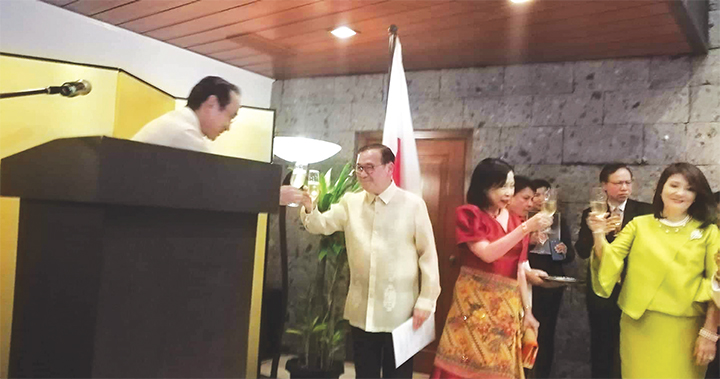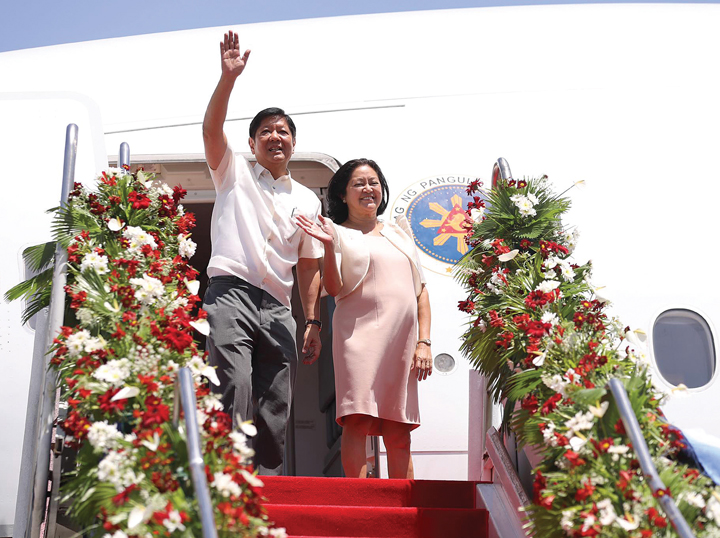THE cash flow from Filipino migrant workers continued to rise by the end of the first quarter of the year, with the surge marking a five-month high, latest data from the Bangko Sentral ng Pilipinas (BSP) showed.
The BSP reported on Wednesday a 6.6-percent increase in the remittances sent by overseas Filipino workers (OFWs) in March this year compared to the same month last year. The growth pushed actual dollar inflow to the country to $2.5 billion during the month alone.
On value, total remittances to the country in the first three months of the year hit $7.3 billion, up from last year’s $7 billion.
Of the 6.6-percent growth in March, the 2 percentage points of expansion came from remitters based in the United States. The 1.7 percentage points came from OFWs in Singapore while the 1.2 percentage points were accounted for by migrant workers in the United Kingdom. The surge of remittances in these three countries accounted for much of the growth seen during the period.
The growth for March 2019 was the strongest monthly growth for remittances the country has seen in five months—or since October last year when it hit 8.7 percent.
It is also a strong recovery from the weaker remittance growth in February at 1.5 percent.
In March last year, remittances contracted significantly by 9.8 percent but recovered to average at 3.1 percent during the year.
For the first quarter of 2019, average remittance growth hit 4.2 percent—stronger than the average remittance growth for the first quarter of last year at only 0.8 percent.
The first-quarter remittance growth was buoyed by the increase in remittances from both land-based workers and sea-based workers. In particular, land-based workers sent a total of $5.71 billion in remittances in the first three months of 2019—growing at 2.5 percent from their previous year’s remittances. Sea-based Filipino workers, meanwhile, hit a total remittances of $1.58 billion in the first quarter of 2019, up 10.8 percent from the previous year.
By country source, the US registered the highest share of overall remittances for the period at 35.1 percent. It was followed by Saudi Arabia, Singapore, United Arab Emirates, the UK, Japan, Canada, Qatar, Hong Kong and Kuwait. The combined remittances from these countries accounted for almost 78 percent of total cash remittances from January to March 2019.
The steady flow of remittances into the country has long been a boon for the country’s economic story—particularly fueling the private consumption part of the country’s gross domestic product growth.
ING Bank Manila economist Nicholas Mapa also recently said that a stable and substantial source of dollars—such as these remittances and business-process outsourcing receipts—are also beneficial to the country in a way that it shields the Philippines from some of the more diverse effects of the ongoing trade war.
Image credits: Nonoy Lacza



































